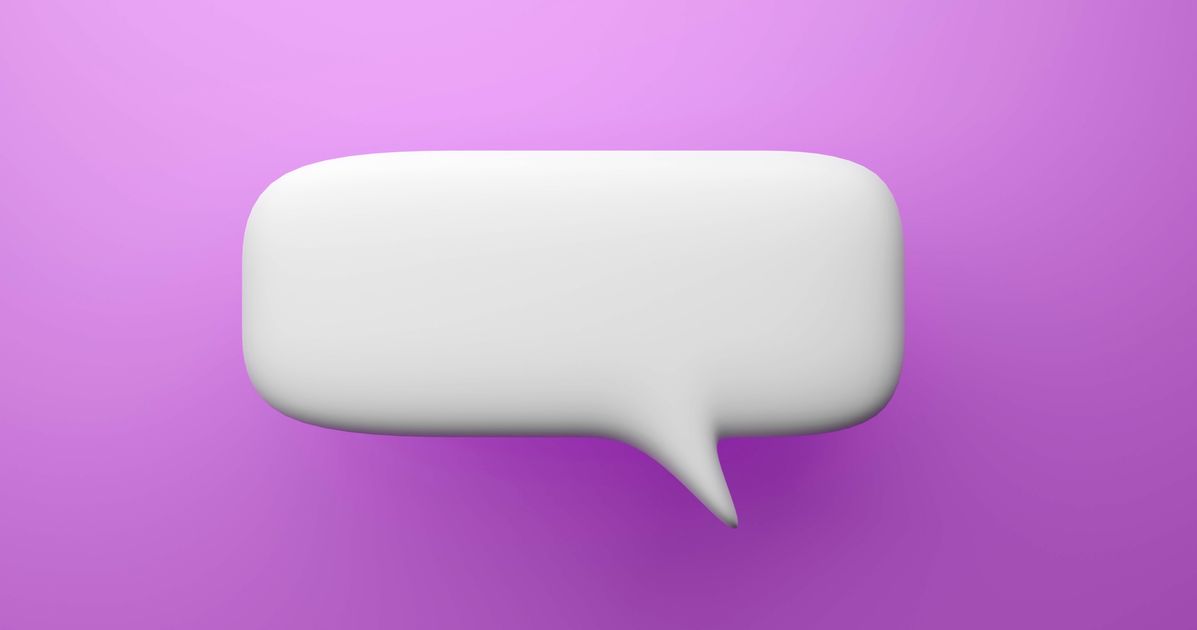If you are currently working online, chances are you use an instant messenger service like Slack to communicate with your colleagues. While Slack is typically used for quick workplace conversations, it often becomes the primary form of communication in hybrid and remote work environments. However, this can lead to problems and misunderstandings.
According to Pattie Ehsaei, an expert in finance and workplace decorum, “Slack is designed for short conversations and should not replace in-person or phone conversations when discussing complex information. Communicating important details on Slack can be inefficient and confusing.”
Understanding how to navigate Slack can be challenging because it incorporates elements of text messages, emails, and phone calls all in one platform. Bradley Brummel, an organizational psychologist, explains, “It’s a combination of different communication methods, and you can switch from casual conversations to formal discussions within the same platform.”
Mastering Slack is indeed a valuable skill in the workplace. As Brummel points out, “Some people may not think Slack is important, but if your messages distract people or cause chaos, it absolutely matters.”
To help you navigate Slack more effectively, here are a few common behaviors that experts consider problematic and some tips on how to address them:
1. Not responding to messages: When you don’t receive any response or feedback after sending a message, it can create anxiety. Brummel explains that this anxiety arises from a misunderstanding about how Slack works. Just because you sent a message on Slack doesn’t mean everyone in the channel saw it. To alleviate this concern, organizations should establish guidelines on how colleagues should respond on Slack.
2. Using one-word greetings and replies: In online communication, every word carries extra meaning without the context of body language and tone. For example, a simple period at the end of a message may be interpreted as the end of a conversation. To be considerate, provide context and add extra words to your greetings and responses. This shows you’ve put in the effort to engage in a conversation.
3. Typing and stopping repeatedly without sending a message: In Slack, you can see when someone is typing a message to you. Seeing someone type, then stop, then type again can cause anxiety because it raises questions about why they’re taking so long to respond. This feature can be frustrating if you’re constantly wondering why someone read your message but didn’t reply. If possible, consider turning off this notification feature to reduce anxiety.
Establishing clear expectations and guidelines for Slack usage can help minimize misunderstandings. Ideally, workplaces should communicate these expectations in writing and encourage employees to ask questions when unsure. Additionally, it’s important for colleagues to provide feedback to newer employees if their Slack behavior violates workplace norms.
Lastly, employees should be aware that Slack is a workplace surveillance tool that allows employers to monitor their activity. To alleviate the anxiety of being watched, managers should be flexible in requiring employees to be constantly active on Slack. This will allow employees to feel more at ease and focus on their work.
By following these tips, you can improve your Slack etiquette and enhance communication in the workplace. Remember, mastering Slack is not only a valuable skill but also contributes to a healthier and more efficient work environment.
Denial of responsibility! VigourTimes is an automatic aggregator of Global media. In each content, the hyperlink to the primary source is specified. All trademarks belong to their rightful owners, and all materials to their authors. For any complaint, please reach us at – [email protected]. We will take necessary action within 24 hours.


